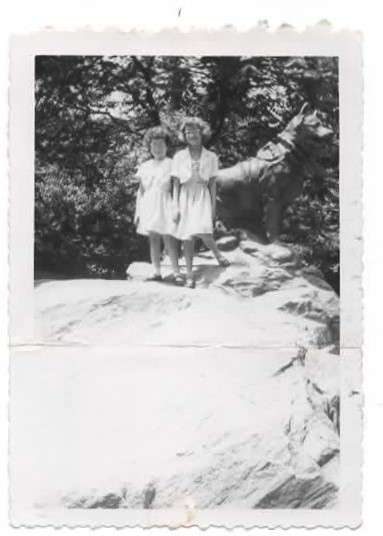It was quite a trip, literally and figuratively. I did “win” my first NaNoWriMo experience, with better-than-expected results. Allow me to share what I learned.
1.There will usually be something more appealing to do, especially after the first week.
Once I hit that 15,000-word mark, I kept finding more important things to do. Did I mention I had a 10-day work-ation planned in the middle of November?! I packed and cleaned. Traveling, I typed in cars and plotting on airplanes. I always made time to keep writing.
2.There will sometimes be something more compelling to write.
Let me count the different ideas, tasks, and writing deadlines which surfaced in November. I had to work on my first children’s publication deadline: a magazine article for Skipping Stones Magazine. After receiving a great suggestion for an agent seeking monster MCs from a writing critique buddy, I sent in the appropriate PB query. I had to write up a (nine-page!) summary from a conference I attended on behalf of a professional organization I’m a part of (think: day job). And, as Denise Jaden promised, around week three, I thought up a stellar idea for a new YA novel that sounded way more appealing to work on than my current NaNoWriMo novel. I resisted. (And I persisted)
5.If you don’t feel like writing, giving yourself permission usually works.
When I really didn’t feel like typing, I would tell myself that I could type for 200 words, and if I wanted to stop after that, it was okay. I would also tell myself that I could type total baloney. The result of giving myself these two indulgences was that I usually typed at least 500 words, even on a bad day, and the “baloney” usually turned out better than I imagined.
4.Preparation goes a long way.
I read FAST FICTION, by Denise Jaden, before NaNoWriMo began. Inside, there were exercises for determining character names and traits, structuring the three acts of my story, brainstorming theme, and many, many more extremely helpful practices. The result was that by day one of NaNoWriMo, I was ready to type, nearly nonstop, 2000 words a day, for at least the first 15,000 words of my novel. After that, I used a practice shared on Facebook: I loosely planned every 10,000 words, and then inserted the main characters into situations and saw how they reacted. The result? I didn’t hit a real, double-bricked wall until about 35,000 words.
3.The last part of the novel will feel like it drags on and takes twice as long to type.
When I hit that double-bricked wall at 35,000 words, I hit it hard. I feel like I began to cheat on my characters, inventing bizarre situations and taking certain traits and actions to the extreme. I even killed-off a character. What was my lesson learned? Perseverance. I figuratively grit my teeth and set my jaw and sat down and made myself type to the end. And now I have a 50,000-word novel to go back to and revise.
Will I participate in the NaNoWriMo madness next year? I don’t know. Right now, I’m still ready to figuratively hurl my 50,000 MS across the room and out the window… but we’ll see, it might boomerang back, and I might – just maybe – write that fabulous YA idea (see #2 above)!
Thanks for reading. Please share your writing experiences! I welcome any advice, especially a good book to help me edit my NaNoWriMo novel.
Sarah A. Hetu-Radny







